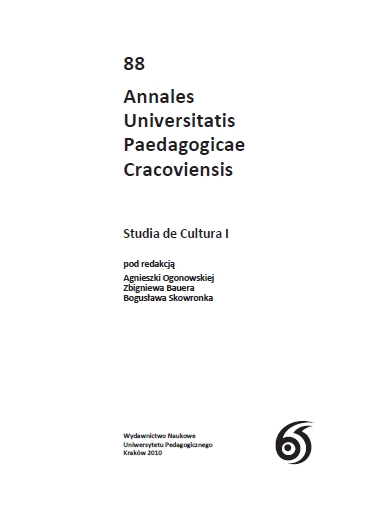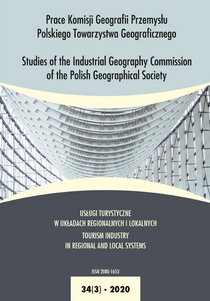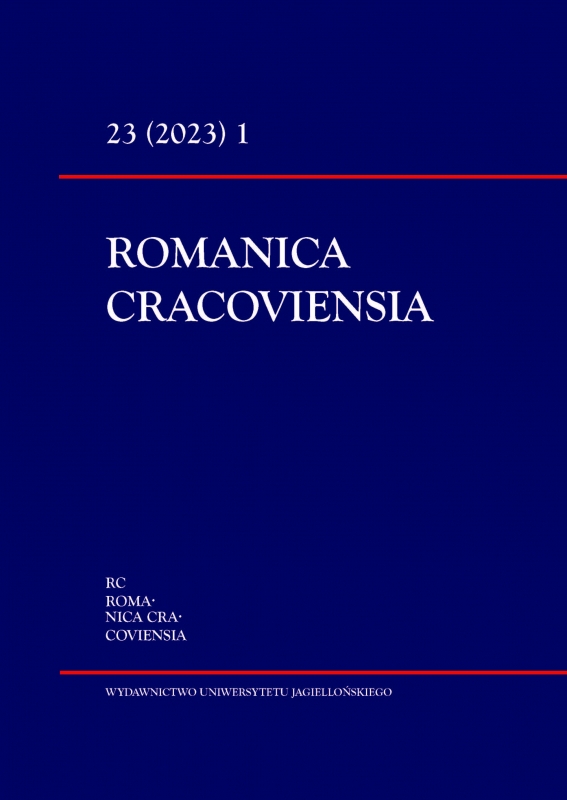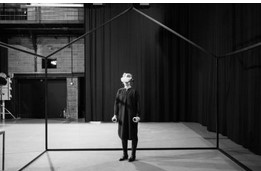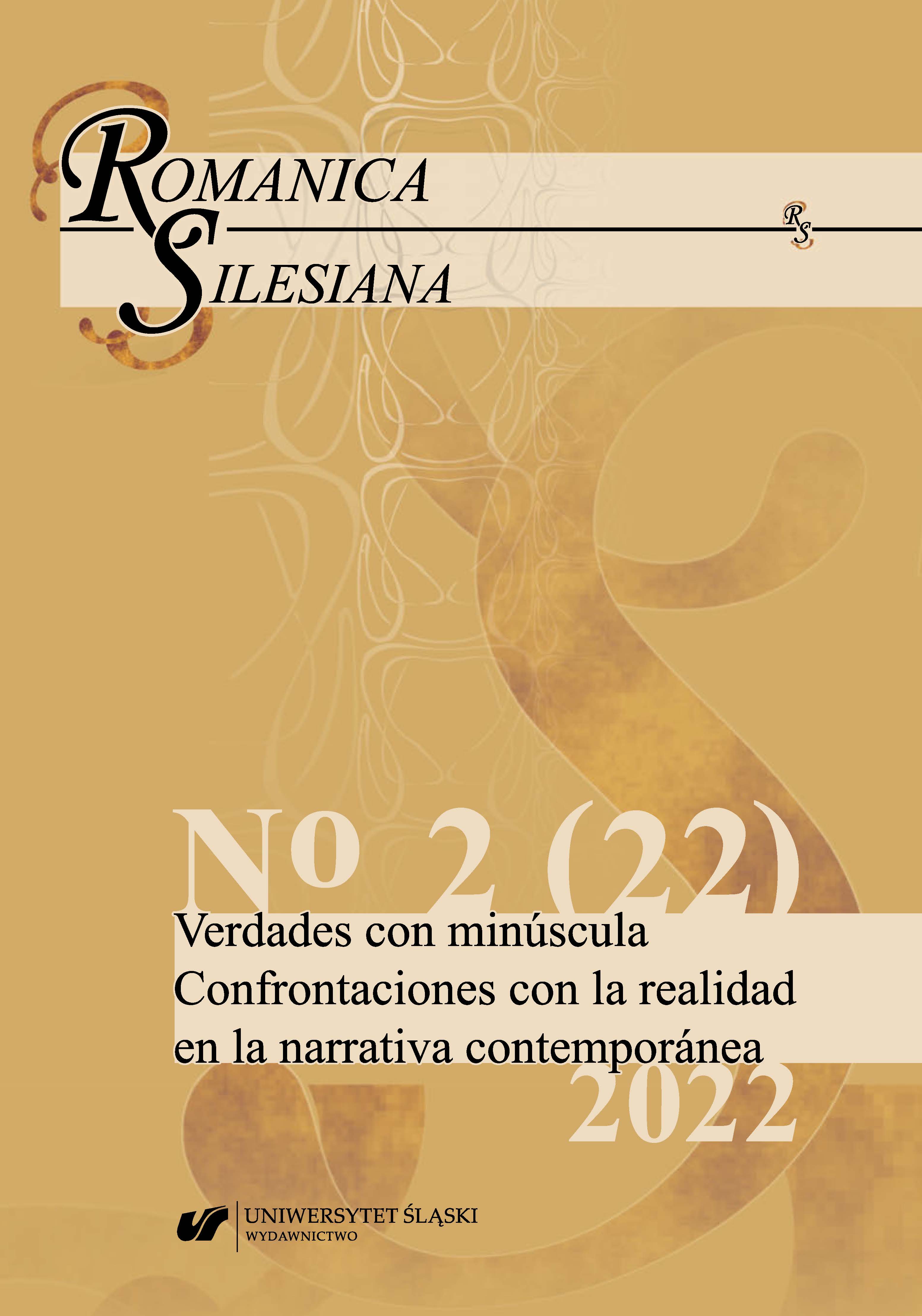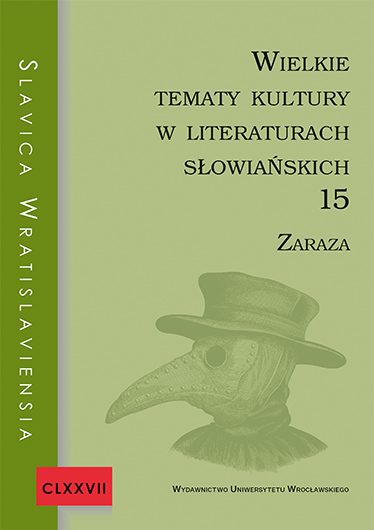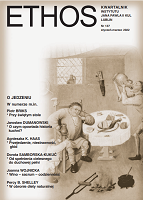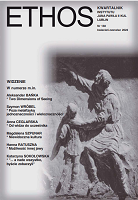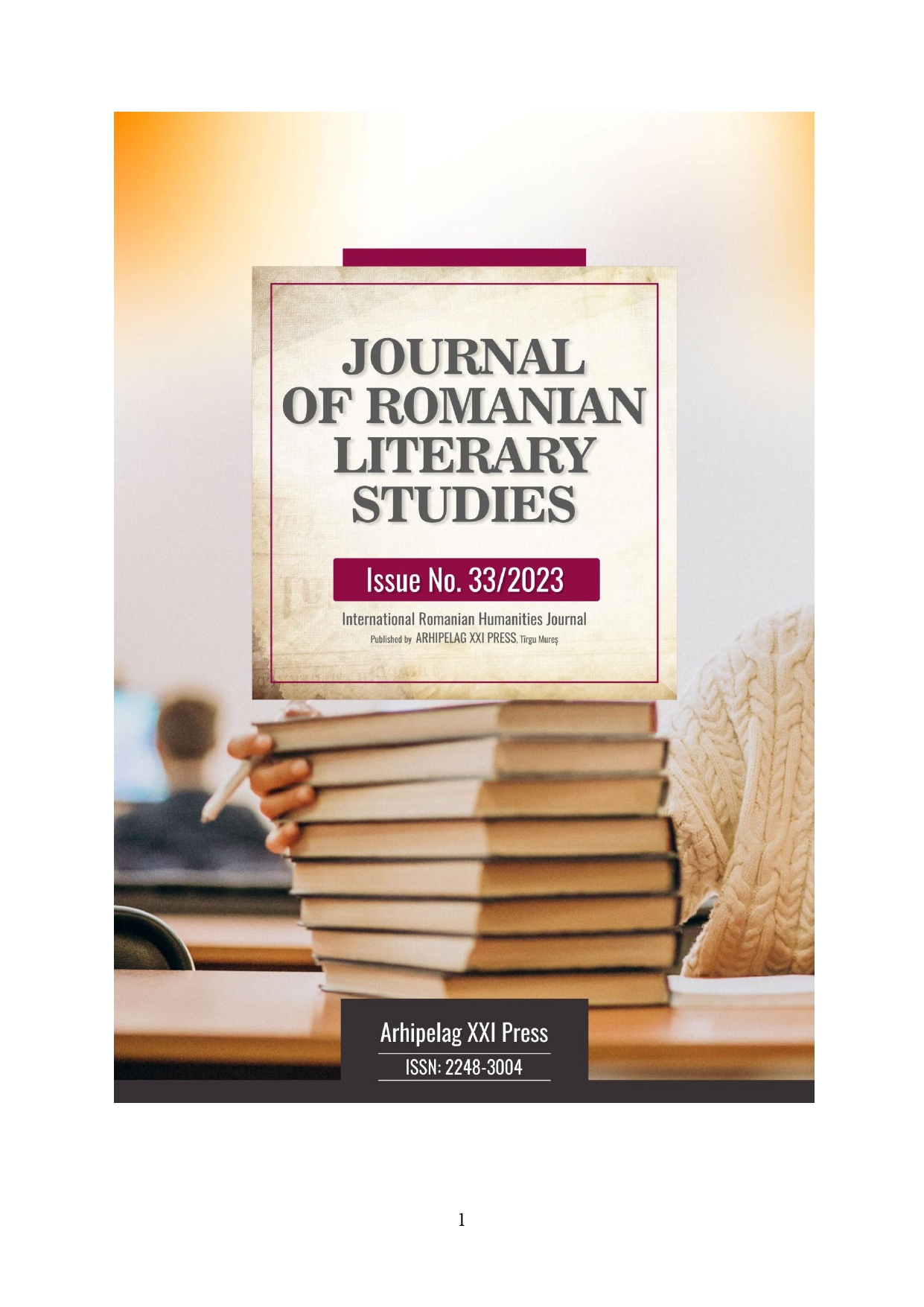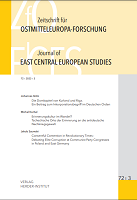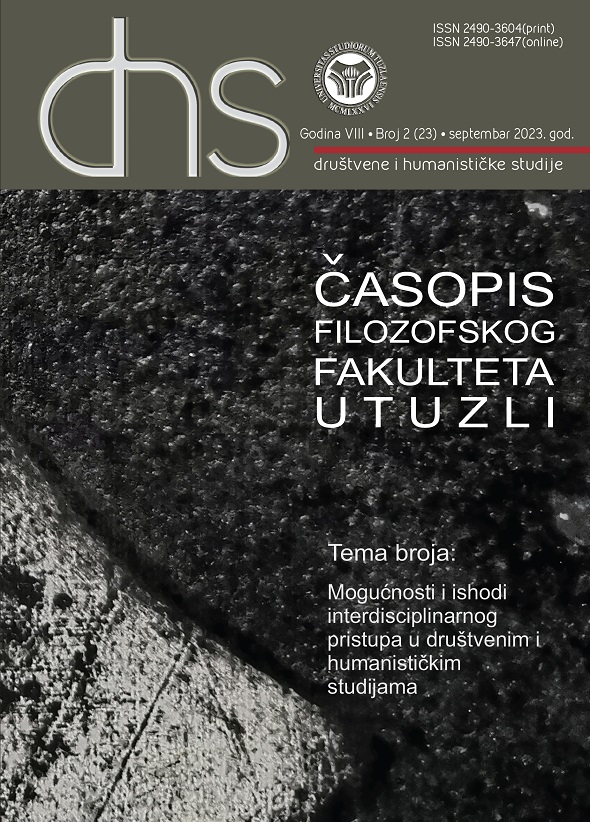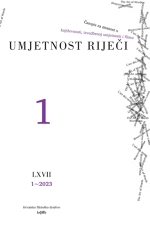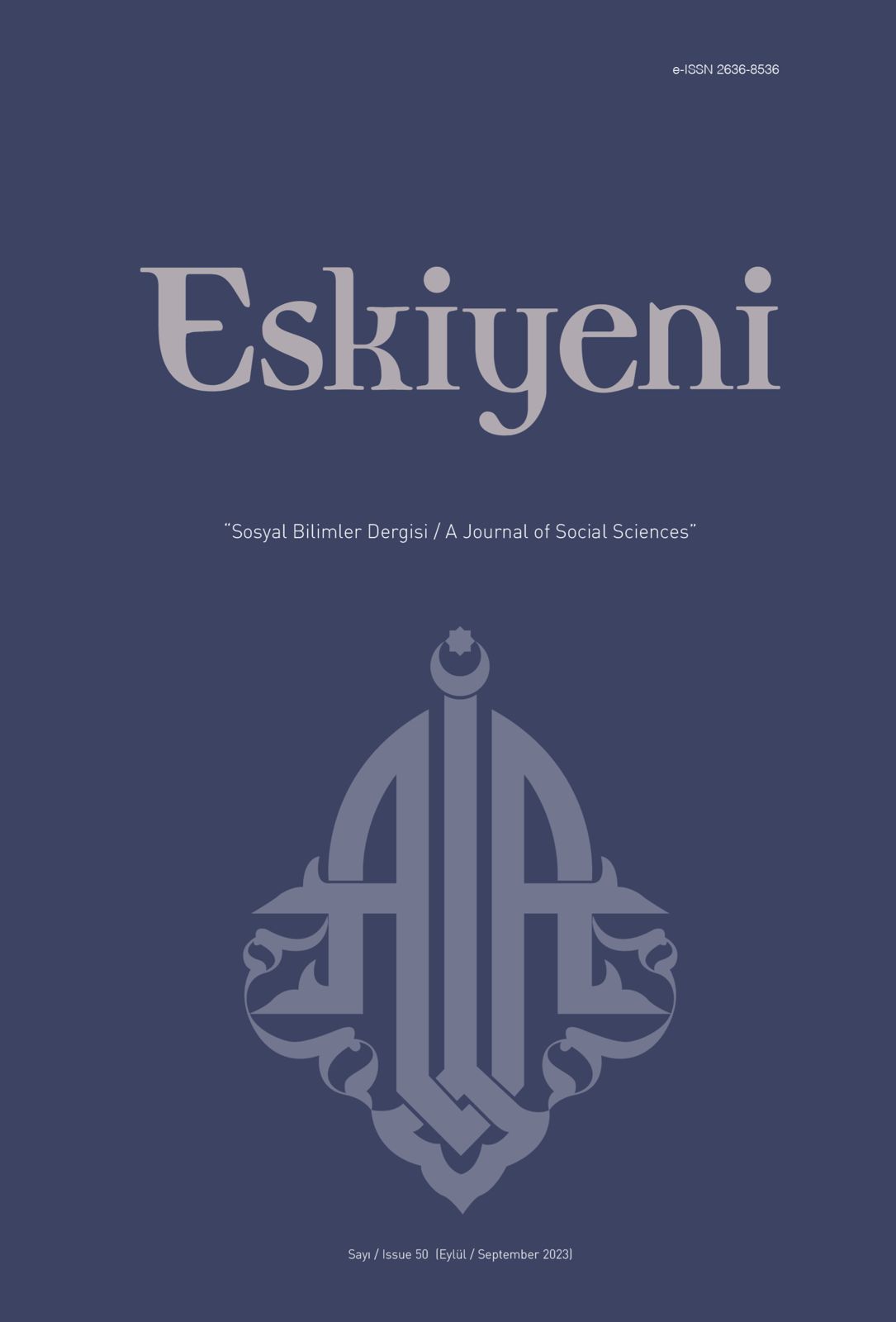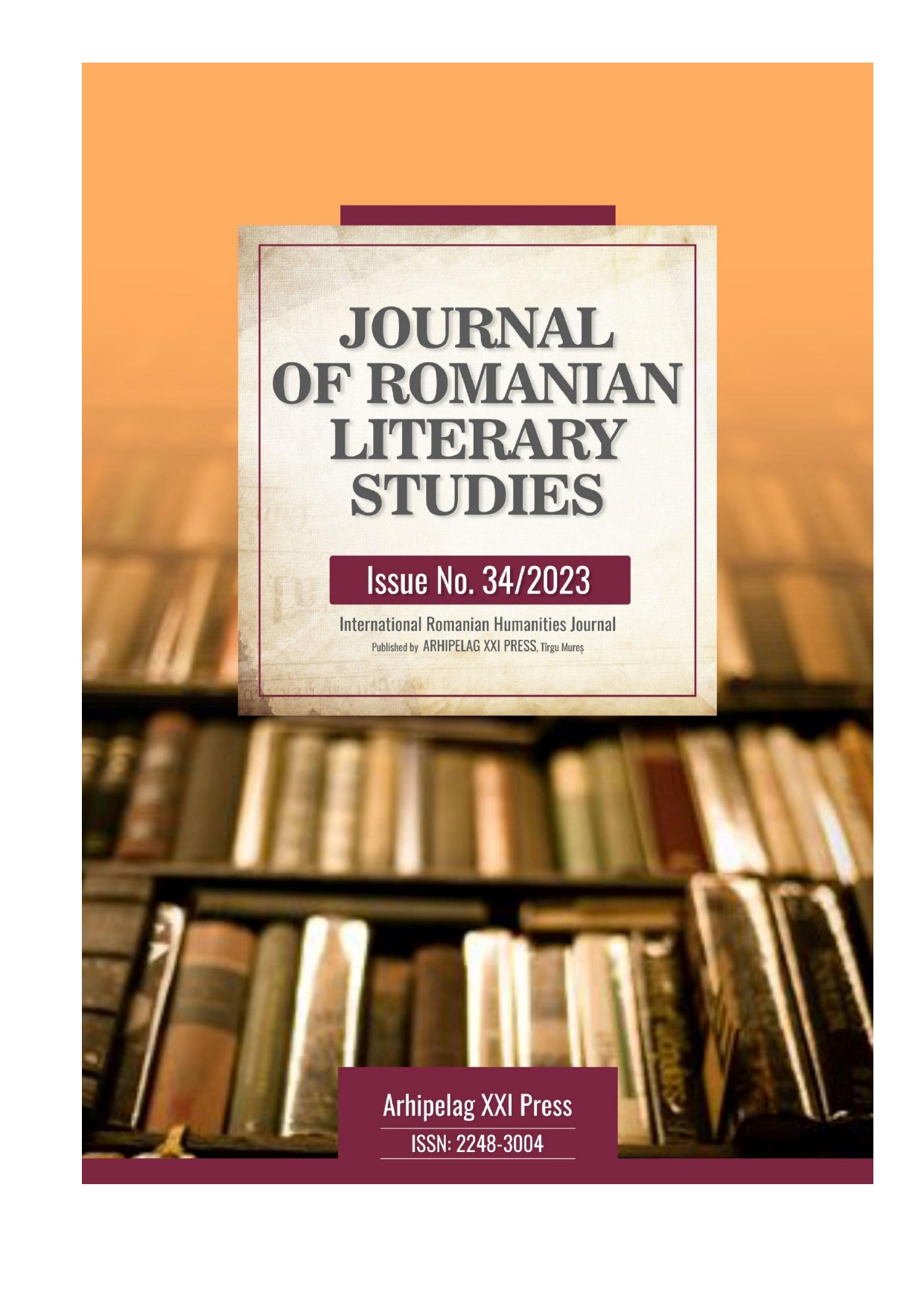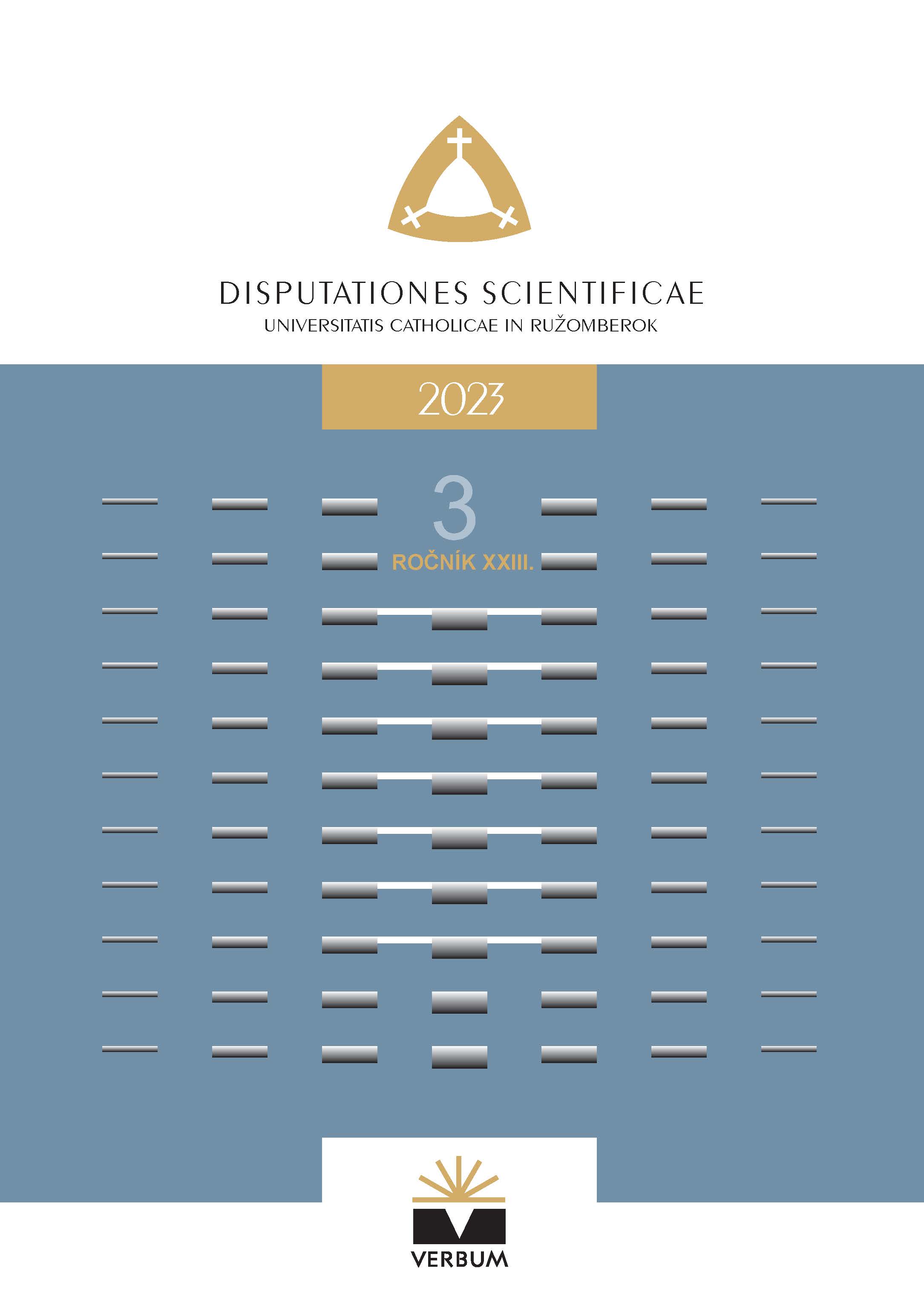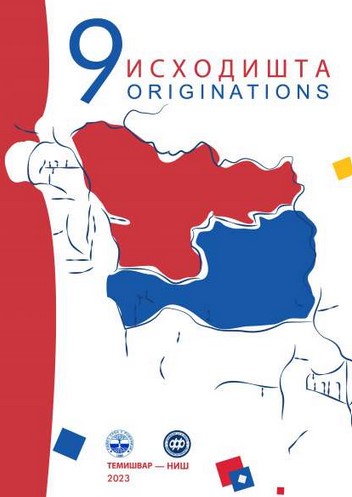Author(s): Mădălina Eugenia Ciucu (Răsniceanu) / Language(s): Romanian
Issue: 33/2023
Through the cinematographic adaptations made, with valuable literary works as baseground, the filmmaker (re)composes narrative subjects in the form of film performances, with an impact on the public. Being a cinematographic art, the screenings harmoniously combine the image and the word, creating poetic structures, carrying deep meanings. One of the means of cinematographic expression, especially relevant, is the close-up image. This type of image is an objective one and focuses on elements or beings of particular importance in the perception of the film speech, and the discovery of the focused subjects - by the viewer, through the eyes of the protagonist - has as a consequence the rethinking of the information provided by the story up to that moment and stored in memory, as well as restoring the meaning of film creation. The purpose of using the close-up is to give suspense to the action, either by anticipating or highlighting a state or event belonging to the story which is played. Depending on the object chosen to build up the close-up and depending on the moment of its placement on the axis of the narrative, the filmmaker also fixes its meaning, which the viewer must decode. In the screen adaptation of Camil Petrescu's novel, Ultima noapte de dragoste, întâia noapte de război, (1979), screenwriter Sergiu Nicolaescu created sequences of great artistic sensitivity, in which the close-up with the faces of the protagonists betrays all the inner turmoil, the varied palette of unverbalized feelings, these images undoubtedly becoming the mirror of the human soul, with everything it possibly feels.
More...
